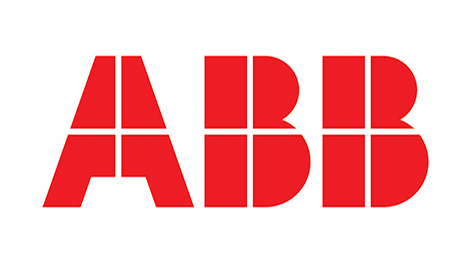ABB – Tarak Mehta to leave ABB
ABB announced today that Tarak Mehta, President Motion Business Area and Member of the Executive Committee, has decided to leave ABB since he has accepted the role as CEO of another company.
Tarak will leave ABB at the end of July this year.
Tarak joined ABB in 1998 and has since then held a number of positions of increasing responsibility in the United States, Sweden and Switzerland. He joined ABB’s Executive Committee in 2010 and was appointed to his current position in April 2022.
“Throughout his 26 year career at ABB, Tarak has demonstrated exceptional leadership. As Executive Committee member and Business Area President, Tarak has contributed to achieving a record high operational EBITA margin in the past year in our Motion business and the Business Area is well-positioned to contribute to ABB’s higher financial targets going forward. Before that, he played a key role in further strengthening our leading position in the United States, ABB’s largest market, for our Electrification business,” said CEO Björn Rosengren. “We thank Tarak for his outstanding contribution to the success of our company and wish him all the best for both his professional and personal future endeavors.”
“I would like to express my sincere gratitude and appreciation to everyone I have worked with over the years. Thank you for your support, efforts, guidance and the results we have achieved together. It has been a wonderful journey of 26 years filled with challenges and opportunities as well as personal and professional growth. I wish the ABB team a continued bright future,” said Tarak Mehta.
A search process for the position of President, Motion Business Area will be launched shortly.
SourceABB
EMR Analysis
More information on ABB: See full profile on EMR Executive Services
More information on Björn Rosengren (Chief Executive Officer and Member of the Group Executive Committee, ABB until July 31, 2024 + Advisor to the Chief Executive Officer and to the Executive Committee, ABB until December 31, 2024): See the full profile on EMR Executive Services
More information on Morten Wierod (President, Electrification and Member of the Executive Committee, ABB + Member of the Board of Directors, ABB E-mobility Holding AG + Chief Executive Officer and Member of the Group Executive Committee, ABB as from August 1, 2024): See full profile on EMR Executive Services
More information on ABB Motion: https://new.abb.com/about/our-businesses/motion + ABB Motion keeps the world turning, while saving energy every day. Our pioneering drives, motors, generators products and integrated digital powertrain solutions are driving the low-carbon future for industries, cities, infrastructure and transportation. Through our global presence we are always close to our customers. We help them optimize energy efficiency, improve safety and reliability and achieve precise control.
ABB Motion portfolio: Drives, Motors and Generators, Services, Traction.
21,100 employees, 23% of Global ABB Revenue / $ 6.7bn in 2022 at -3% with 7 Divisions.
More information on Tarak Mehta (President Motion and Member of the Executive Committee, ABB until end of July 2024): See full profile on EMR Executive Services
EMR Additional Notes:
- EBITA:
- Earnings before interest, taxes, and amortization (EBITA) is a measure of company profitability used by investors. It is helpful for comparing one company to another in the same line of business.
- EBITA = Net income + Interest + Taxes + Amortization
- EBITDA:
- Earnings before interest, taxes, depreciation, and amortization (EBITDA) is an alternate measure of profitability to net income. By including depreciation and amortization as well as taxes and debt payment costs, EBITDA attempts to represent the cash profit generated by the company’s operations.
- EBITDA and EBITA are both measures of profitability. The difference is that EBITDA also excludes depreciation.
- EBITDA is the more commonly used measure because it adds depreciation—the accounting practice of recording the reduced value of a company’s tangible assets over time—to the list of factors.


